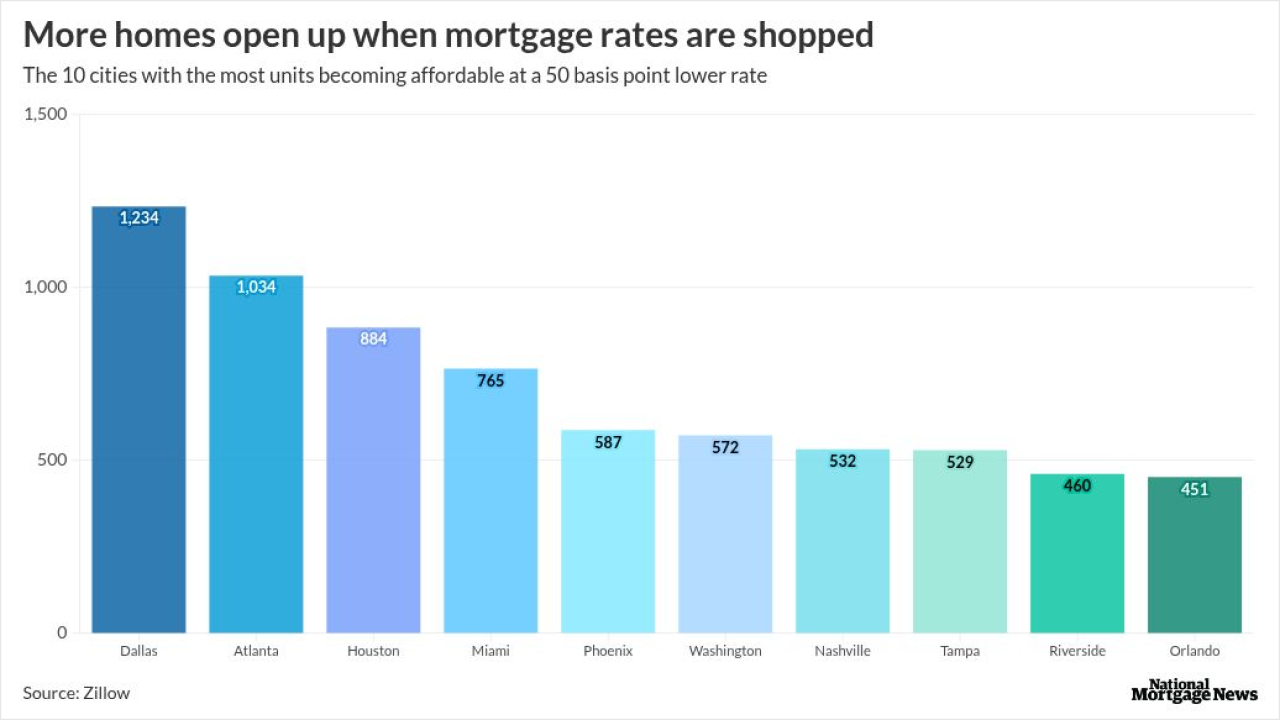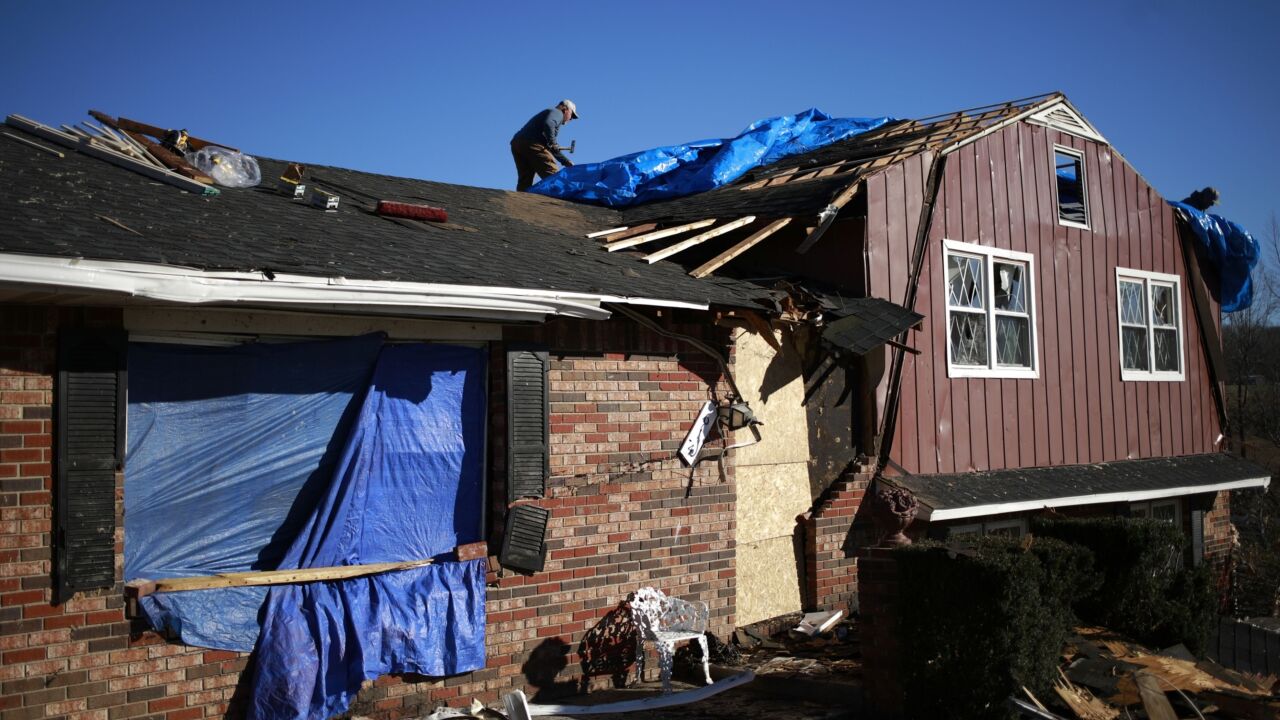WASHINGTON — The Federal Housing Finance Agency is relaxing its $30 billion cap on the total amount of multifamily loans Fannie Mae and Freddie Mae can purchase in 2015 to prevent a possible disruption in the market later this year.
Under pressure from lenders, the agency exempted more loans in certain categories of affordable housing units from the multifamily cap. A pro rata portion of the loan amount of multifamily loans that Fannie and Freddie purchase will be excluded from the cap based on the percentage of affordable rental units.
"The 2015 scorecard caps of $30 billion of new multifamily lending for each enterprise will not change," FHFA said Thursday in a press release. "However, FHFA is revising the excluded category in order to facilitate continued liquidity in the overall multifamily market, which has increased substantially since the cap was set, and to reinforce FHFA's emphasis on providing financing for affordable rental housing."
In 2014, Fannie purchased $24.7 billion in multifamily loans that were subject to the $30 billion cap and $4.2 billion in affordable housing loans that were not counted toward the cap.
Due to increasing demand for refinancings, both Fannie and Freddie purchased $10 billion in multifamily loans in the first quarter. Some estimates indicate the two government-sponsored enterprises could bump up against the $30 billion cap in the third quarter.
The Mortgage Bankers Association welcomed FHFA's decision.
"We are thankful that FHFA made this adjustment," said David Stevens, the chief executive of the group.
He said that MBA has not fully assessed whether this adjustment will solve the problem and prevent a disruption in the market for the whole year.
"But without question it provides some relief," Stevens said.
Jeffrey Hayward, Fannie's executive vice president for multifamily lending, also welcomed FHFA's decision.
"We are pleased with FHFA's decision to modify the production cap for new multifamily GSE business. This flexibility will help us serve this important market, so that working families in every community have access to quality rental housing every day," Hayward said in a statement.
Fannie and Freddie mainly focus on workforce housing as opposed to high-end "trophy" properties favored by life insurance companies. But there is a lot of demand for multifamily loans and a lot of competition from portfolio lenders like banks and lenders that sell their loans into the commercial mortgage-backed securities market.
Karan Kaul, research associate for the Urban Institute, said FHFA struck the right balance.
"It prevents the GSEs from crowding out private capital, which nobody wants," he said in an interview.
And it gives the GSEs "more room to finance affordable properties. Whether it is the right balance, we will only find out once we have the data and it has been in place for a few months."
Stevens noted that demand for multifamily financing is very strong. Yet the "GSEs have been shedding market share over the past couple of years," he said.
"The fact that we came near the cap," highlights the unprecedented demand in the multifamily market, Stevens added.





